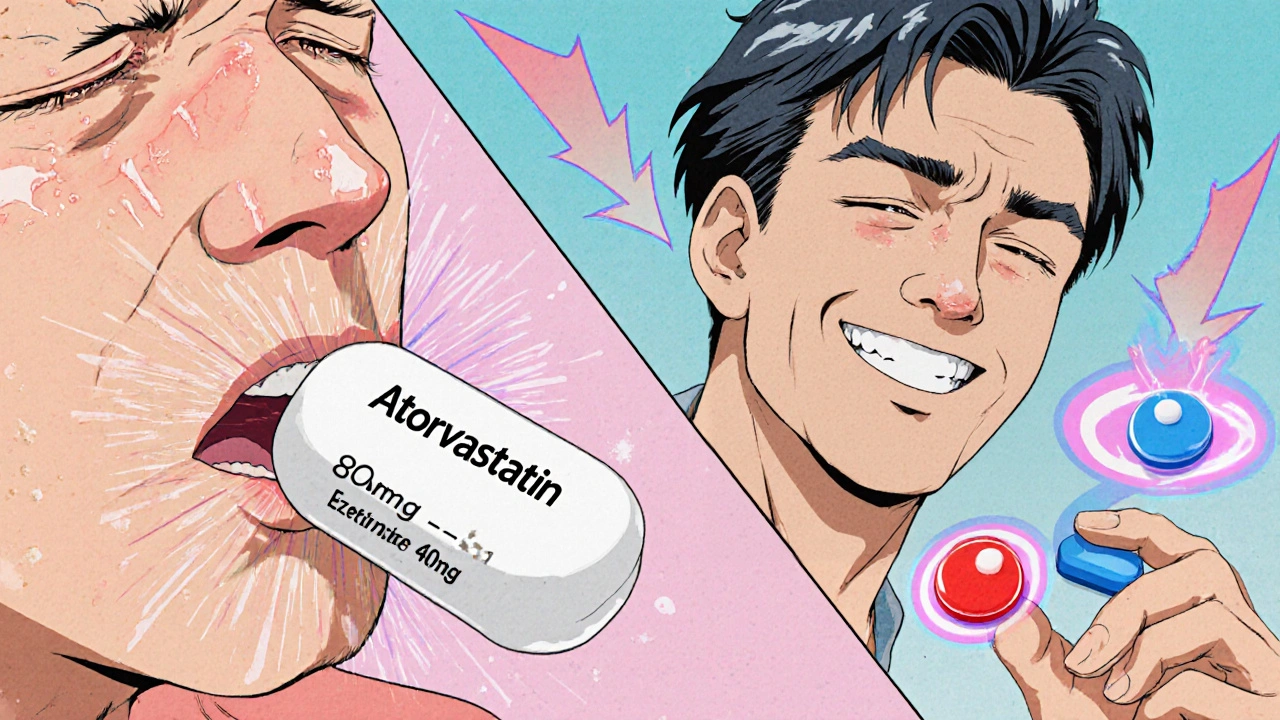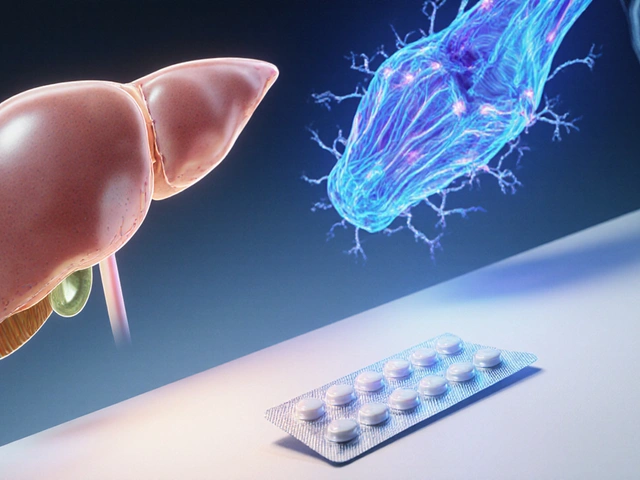Combination Cholesterol Therapy: What Works, What Doesn't, and How to Stay Safe
When one cholesterol drug isn’t enough, doctors often turn to combination cholesterol therapy, using two or more medications together to lower LDL cholesterol more effectively than any single drug alone. Also known as dual lipid-lowering therapy, this approach is common for people with high heart disease risk who haven’t hit their target levels on statins alone. It’s not just about taking more pills—it’s about picking the right mix that works for your body, your risk, and your lifestyle.
Most combination therapies start with a statin, a class of drugs that blocks cholesterol production in the liver. Also known as HMG-CoA reductase inhibitors, statins like atorvastatin and rosuvastatin are the foundation. But if your LDL stays too high, adding ezetimibe, a drug that reduces cholesterol absorption in the gut. It’s often paired with statins because it adds about 15–20% more LDL reduction with very few side effects makes sense. For tougher cases, newer options like PCSK9 inhibitors, injectable drugs that help the liver remove more LDL from the blood. They’re used when statins and ezetimibe still fall short come into play. These aren’t first-line, but they can drop LDL by 50% or more in people who need it.
Combination therapy isn’t one-size-fits-all. Some people respond better to ezetimibe plus statin; others need the stronger push of a PCSK9 inhibitor. Your doctor will look at your LDL numbers, your history of heart events, your liver and kidney function, and even your budget—some of these combos are expensive. You might also hear about bile acid sequestrants or niacin, but those are rarely used now because of side effects or lack of proven benefit. The real winners today are the statin-ezetimibe combo and, when needed, the statin-PCSK9 combo.
Side effects? Usually mild. Muscle aches from statins are the most common, but adding ezetimibe rarely makes them worse. PCSK9 inhibitors are injected but generally well-tolerated—most people report no issues. The big question isn’t safety—it’s whether the extra drop in LDL actually means fewer heart attacks and strokes. The answer, backed by multiple large studies, is yes. For high-risk patients, every 1 mmol/L drop in LDL cuts heart events by about 20%.
Below, you’ll find real-world comparisons of these therapies—how they stack up against each other, what they cost, what side effects to expect, and who benefits most. No fluff. Just clear, practical info to help you understand your options and talk to your doctor with confidence.
Combination Cholesterol Therapy with Reduced Statin Doses: A Smarter Way to Lower LDL
By Lindsey Smith On 30 Oct, 2025 Comments (14)

Combination cholesterol therapy with reduced statin doses offers a safer, more effective way to lower LDL cholesterol for high-risk patients. Learn how adding ezetimibe or other non-statin drugs can outperform high-dose statins with fewer side effects.
View More




